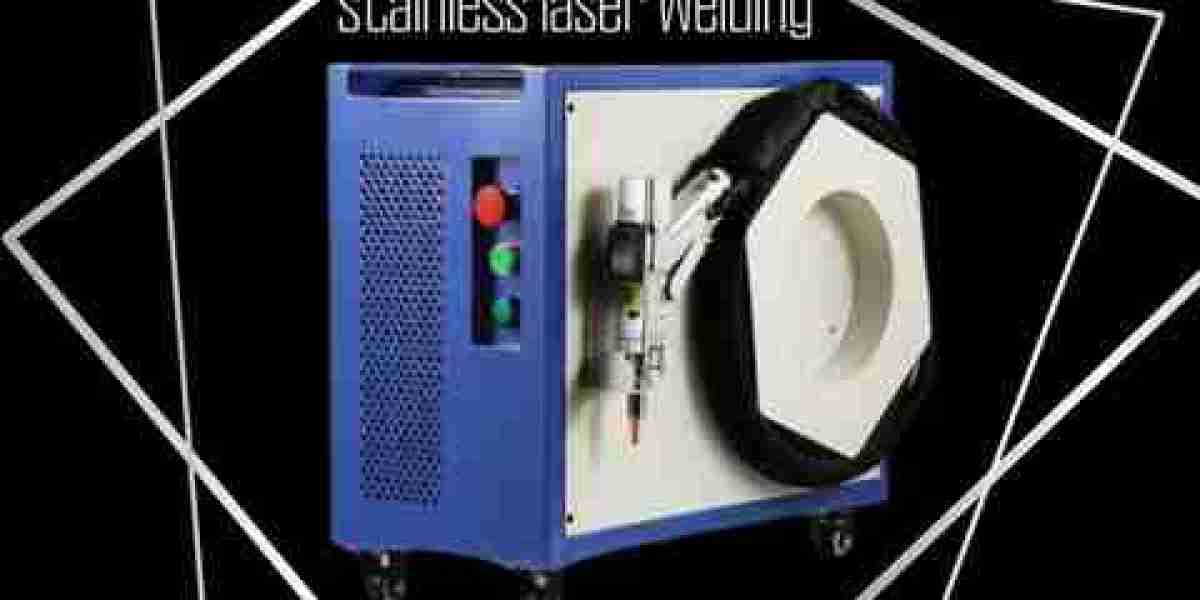What Is Stainless Laser Welding?
stainless laser welding is a high-precision technique that uses concentrated laser beams to join stainless steel components. This method is widely valued for its clean finish, minimal distortion, and exceptional strength in the aerospace, medical, and industrial equipment industries.
Unlike traditional welding methods, laser welding delivers narrow and deep penetration, which significantly reduces the need for post-processing. It works exceptionally well with both thin and thick stainless steel materials, offering a seamless, aesthetic result even on complex joints.
Why Stainless Laser Welding Is Leading the Industry
Key Benefits at a Glance:
| Feature | Traditional Welding | Stainless Laser Welding |
|---|---|---|
| Heat Input | High | Low |
| Weld Speed | Moderate | Fast |
| Precision | Limited | Micron-level |
| Post-processing Required | Often | Minimal |
| Material Deformation | Common | Rare |
| Automation Compatibility | Low | High |
LaserChina has integrated stainless laser welding into its solutions to offer high-throughput, low-defect welding capabilities to manufacturers worldwide.
Where Stainless Laser Welding Shines
Applications in Different Industries:
Medical Devices: Clean, non-porous welds for instruments and implants.
Food Processing Equipment: Corrosion-resistant welds meet hygiene standards.
Aerospace Components: Strong yet lightweight connections.
Automotive Industry: Quick welding of exhausts, fuel tanks, and sensors.
Electronics: Precision welding in compact spaces.
These advantages make stainless laser welding ideal for sectors that demand structural integrity, speed, and a polished finish.
What Makes LaserChina's Stainless Welding Stand Out?
LaserChina utilizes fiber laser welding technology powered by advanced CNC systems. Their machines are equipped with:
Real-time seam tracking
Intelligent power modulation
Automatic filler wire integration
Multi-axis robotic arms for 3D welding paths
This guarantees repeatability, efficiency, and user-friendly interfaces for operators, reducing skill dependency and increasing production consistency.
Laser Welding Stainless Steel: Key Technical Insights
Important Parameters for Quality Welds:
| Parameter | Typical Range | Importance |
|---|---|---|
| Laser Power | 500W – 6kW | Determines penetration depth |
| Spot Diameter | 0.1mm – 0.6mm | Affects focus and precision |
| Travel Speed | 1mm/s – 50mm/s | Impacts heat input and quality |
| Shielding Gas | Argon/Nitrogen | Prevents oxidation |
Pro tip: The correct combination of laser power, focus, and travel speed is crucial to avoid defects like porosity, undercut, or cracking in stainless steel.
Common Questions About Stainless Laser Welding
What thickness of stainless steel can be laser welded?
Laser welding can handle stainless steel from 0.1 mm up to 10 mm, depending on power and machine configuration.
Is filler material always needed?
Not always. Autogenous welding (without filler) is common for thin sections. Filler wire is used when joining dissimilar thicknesses or for strength reinforcement.
What is the strength of a laser weld on stainless?
Laser welds can reach up to 95% of the base material’s strength, making them ideal for load-bearing structures.
Does stainless laser welding require post-weld cleaning?
Minimal. Laser welding produces low spatter and oxidation, reducing the need for grinding or polishing.
Interactive Tips for Buyers and Engineers
When choosing a laser welding system:
Evaluate material thickness and batch volume
Consider automation needs: robotic vs. handheld
Check compatibility with shielding gases and power sources
Request sample welds to verify bead quality and penetration
Ask your vendor:
What’s the laser’s peak power and duty cycle?
Is the beam delivery system adjustable for multi-geometry parts?
How easy is it to switch between different materials?
These factors significantly affect operational efficiency and ROI.
Industry Trends Backed by Data
The global laser welding market is projected to grow at 7.5% CAGR by 2028, fueled by demand in precision manufacturing.
Stainless steel accounts for over 40% of laser welding applications due to its corrosion resistance and mechanical properties.
Manufacturers report up to 50% savings in post-processing time using laser welding vs. TIG/MIG methods.
With the integration of AI-enhanced seam detection and remote diagnostics, platforms like LaserChina are making stainless laser welding more accessible and smart-factory ready.
Final Thought:
Laser welding of stainless steel has transformed the expectations of precision and productivity in metalworking. With a proven edge in accuracy, strength, and speed, this technology—especially as deployed by leaders like LaserChina—is setting new benchmarks for the fabrication world.




